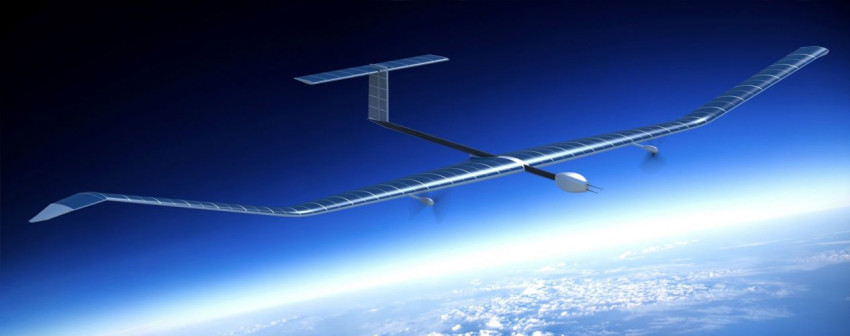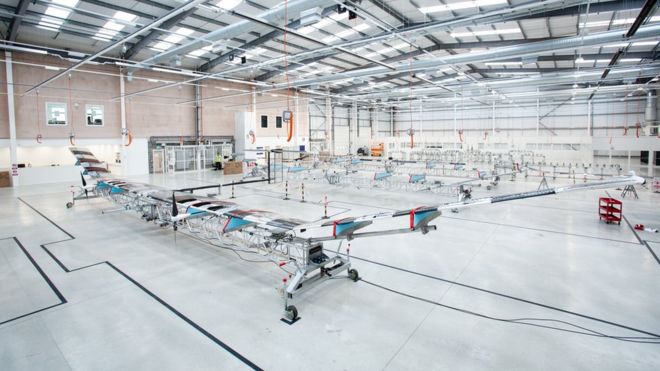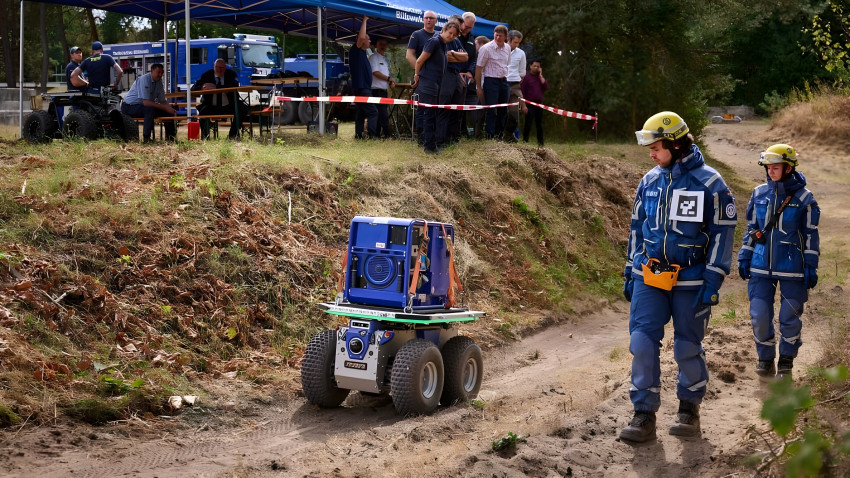
Airbus introduces an aircraft satellite
Aeronautics producer Airbus presented the first series-produced Zephyr during the air show in Farnborough. It is a lightweight, electrically (solar) powered, unmanned aircraft that can fly at a height of around 20 km for weeks on end, conducting tasks comparable with those of a satellite, but much closer to earth.
Airbus foresees all kinds of applications for the Zephyr in terms of communication, monitoring, border control, maritime patrolling, forest-fire detection, delivery of Internet and so on. The company refers to the Zephyr as a High Altitude Pseudo-Satellite: it conducts all kinds of tasks otherwise undertaken by satellites, with all the inherent advantages of operating at a height of 20 km rather than the 100 to 300 km at which most satellites float above the earth.
World record for fuel-less flight
The Zephyr flies in the stratosphere, where the air density is sufficient to allow it to float around. The first aircraft was built by British company QinetiQ in 2003, which was sold to Airbus ten years later. Various versions of the Zephyr have since undertaken successful trips. In July 2010 for example, the Zephyr 7 set a world record for a fuel-less flight, of longer than 28 days. The new series-produced Zephyr S is currently in the test flight phase and has completed 1000 flight hours.
This Zephyr S has a span of 25 m and weighs 62 kg. The aircraft is made from carbon fibre-reinforced composite, and its wings are fitted with highly efficient solar panels with a peak capacity of 250 W/m2 (roughly twice that of panels for domestic use). There are also batteries on board in order to power it through the night. The aircraft is driven by two electric motors, each of which powers a dual blade propeller. The aircraft can take off and land autonomously.
Based in north-west Australia
The aircraft is fitted as standard with equipment to determine its position and to fly autonomously, along with an identification system that detects other flying objects, and communications equipment to allow it to be remotely controlled from the ground.
It can carry around 5 kg of cargo on board. This could include cameras for continuous monitoring of the earth's surface.

In the future, the aircraft will be based at an airfield in north-west Australia. This location was chosen due to favourable weather conditions and the virtually empty airspace.
Airbus has yet to announce a date on which its pseudo-satellite services will become available. The company must first complete testing with the aircraft that is now airborne. After all, the idea is to keep it in the air for around 120 days. A production schedule giving an idea of the final number of aircraft to be launched is also lacking as yet.
Loon project
Various companies such as Google also make use of the stratosphere, but then mainly to deliver worldwide Internet.
If you found this article interesting, subscribe for free to our weekly newsletter!







